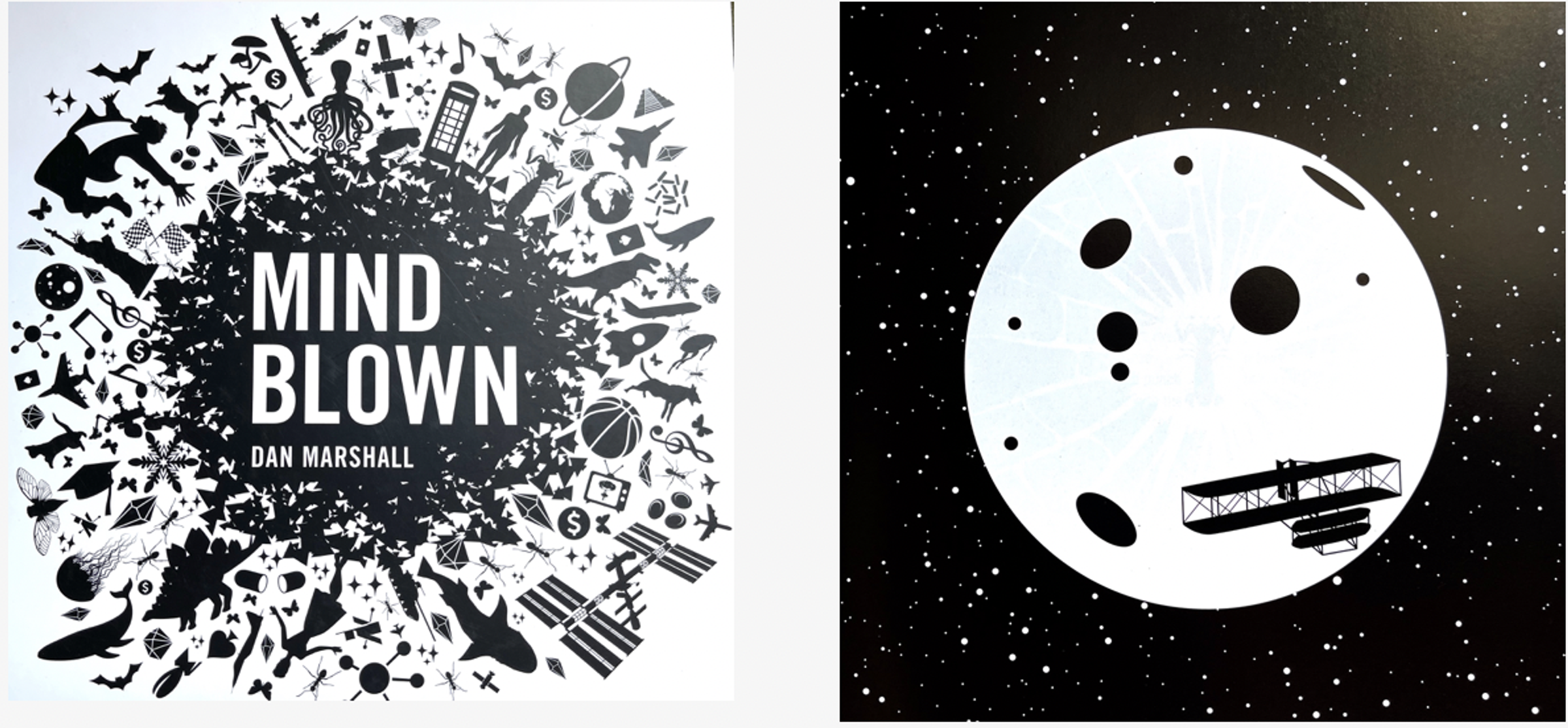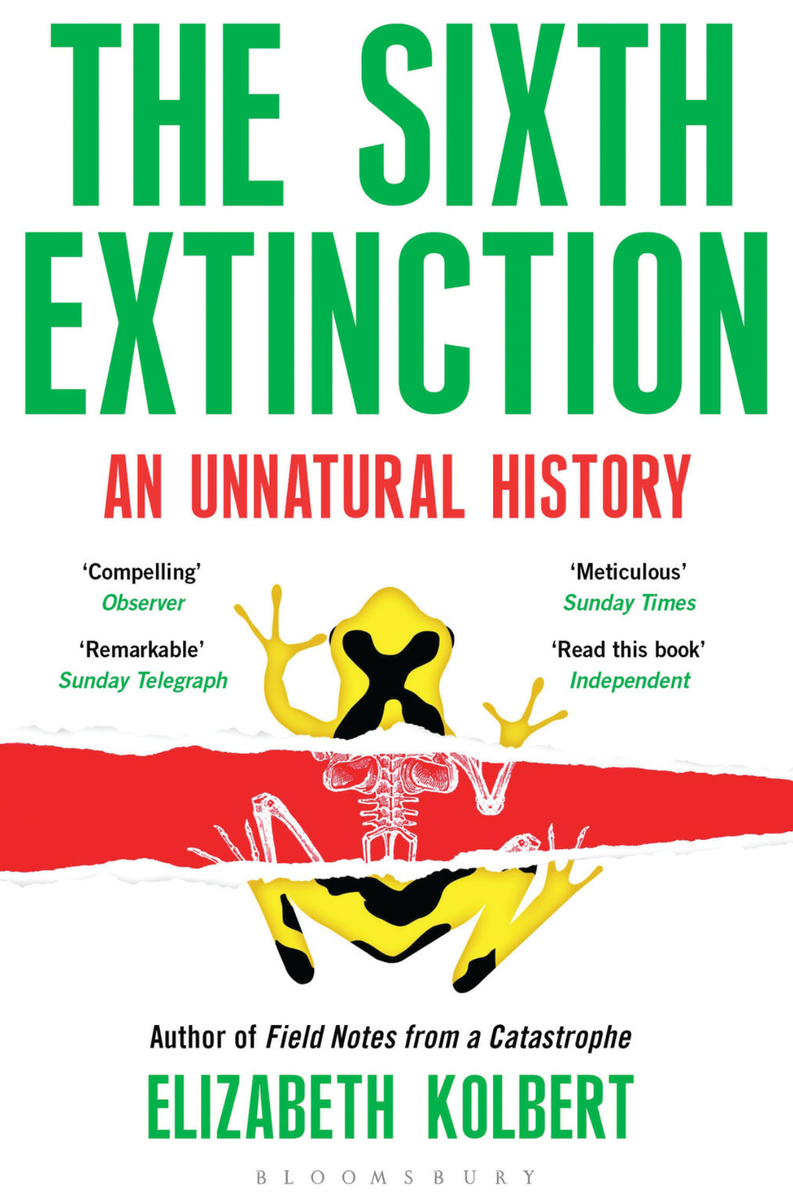Mind Blown

99.9% of all life that has ever existed on Earth is now extinct.
Life loves Earth. Not only do we see an abundance of it across the globe today, but paleontologists are kept busy by a steady stream of new discoveries of species from long ago. Unearthing dinosaurs would be hard to top, but paleontologists keep trying.And they'll never run out of work because the number of species currently alive is a fraction of the number that have previously evolved, lived and then become extinct.
Paleontologists can tell that most species tend to hang around for anything from one million to 11 million years. We modern humans have been around for 200,000 years.
But old age isn't the only reason species die out. Disconcertingly, there have been five mass extinctions in the history of Earth. The first was 444 million years ago, when 86% of all species died as the planet froze over. Then 375 million years ago, 75% of all life suffocated as oxygen was sucked from the water, possibly by algal blooms. The biggest extinction of all was the third, around 250 million years ago.
A mind-blowing 96% of all life on Earth was extinguished as global temperatures surged and the oceans acidified and stagnated. Definitely not a fun time to claim Earth as your home! The enigmatic fourth extinction was 200 million years ago: no clear cause has yet been discovered.
The mass extinction that devastated the dinosaurs was the most recent, only 65 million years ago.Scientists are pretty certain that a gobsmackingly large meteorite hit the Earth and killed off 88% of life.
Could we be in the midst of the sixth? Scientists believe that 150-200 species of plants, insects, birds and mammals are dying out every single day. This extinction rate is the most rapid and dramatic the world has experienced since the dinosaurs were wiped out.
It's pretty crazy to realise that human activity is now directly influencing extinction. We've witnessed the disappearance of 60% of animal life since 1970.The world's environmental experts are warning that the annihilation of wildlife is an emergency that threatens our entire civilisation and the future of our planet.
Following on from above, at present I am reading "The Sixth Extinction - An Unnatural History" by Elizabeth Kolbert. This is a challenging read, but so worthwhile. The story of the Sixth Extinction, at least as Kolbert has chosen to tell it, comes in thirteen chapters. Each tracks a species that's in someway emblematic - the American mastodon, the great auk, an ammonite that disappeared at the end of the Cretaceous alongside the dinosaurs.
The creatures in the early chapters are already gone. If extinction is a morbid topic, mass extinction is, well, massively so. It's also a fascinating one. Kolbert tries to convey both sides: the excitement of what's being learned as well as the horror of it. Her hope is that readers of this book will come away with an appreciation of the truly extraordinary moment in which we live.

